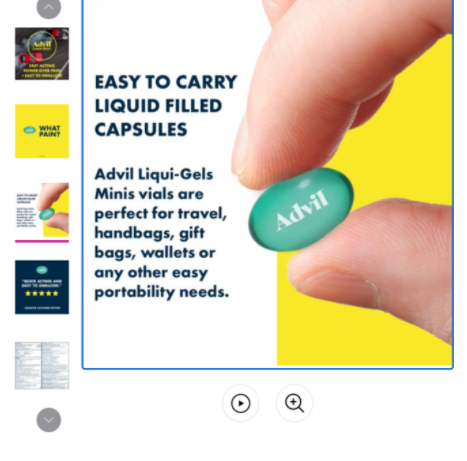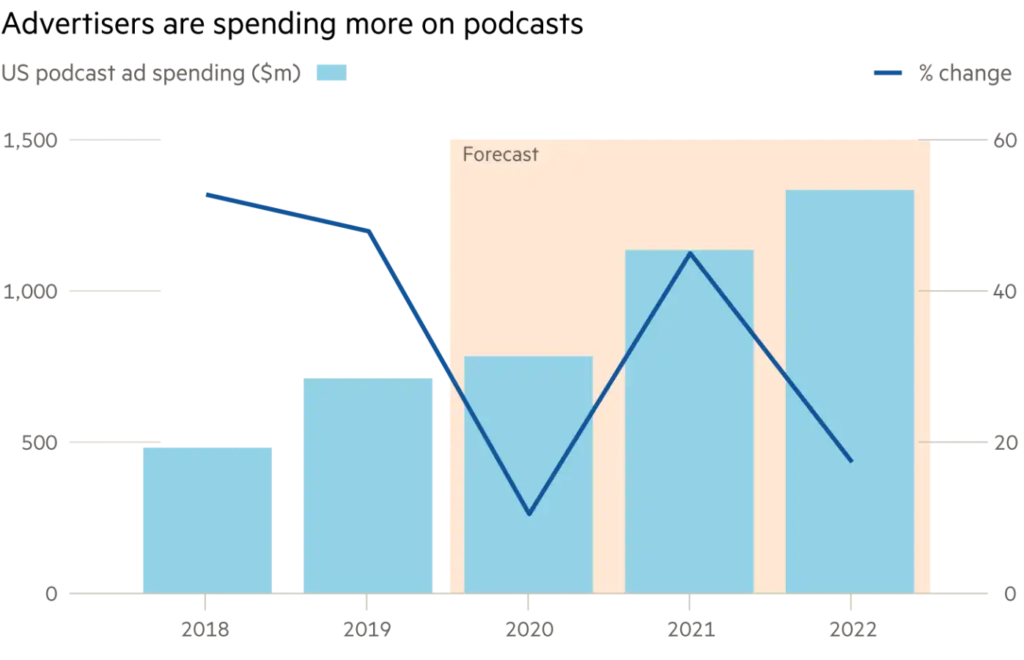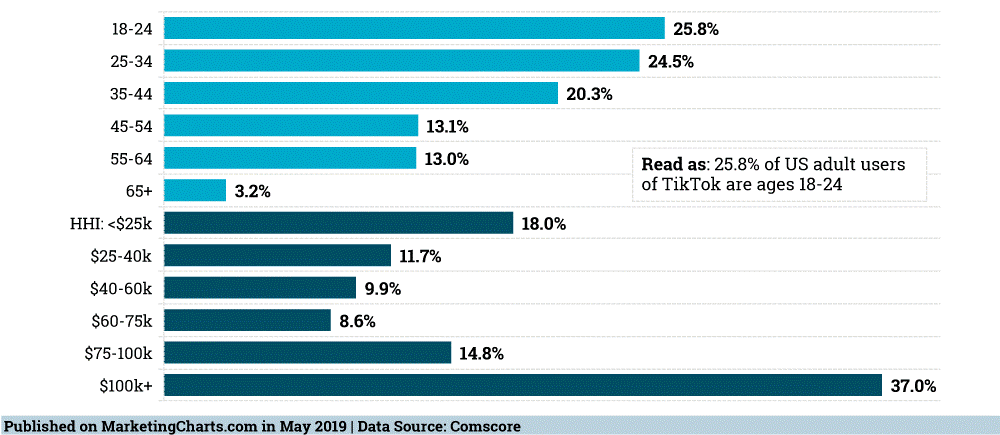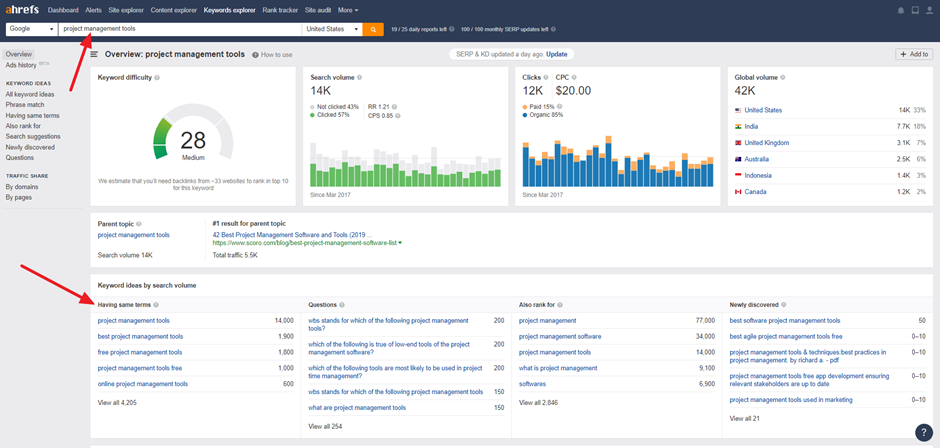What is multicultural advertising? While many may know the latter of the two words, both are equally important. Multicultural advertising is best defined as the practice of advertising with communication directed to one or more audiences of a specific ethnicity. This term is a strong urge for brands and agencies to look beyond the surface and analyze the fact that there are so many more diverse voices than we realize.
In fact, it’s a hot topic in the world of business and we’re going to explain why. From 2020 being in the midst of a political uproar to the globe fighting off a major pandemic, there’s much to be discussed on why this term is here and ultimately needs to stay.
Now let’s begin the conversation!
It’s Vital to Reach the African-American Market
When it comes to marketing and advertising, the African-American market is neglected to be targeted in a variety of ways. What a lot of agencies don’t know is that it can directly hurt themselves and the businesses that are represented if all cultures are not included. In fact, over 13% of the U.S. population is African-American, meaning over 13% of the population is neglected in modern-day campaigns.
If marketers and advertisers follow these steps in their daily activities when conducting a campaign, there’s an instant change that will be made in communicating to more people.
- Analyze the Data
Based on the brand you represent, who can be targeted that’s not being communicated to already? By diving into these facts, many may be surprised to know that a large portion of a demographic may be missing when they don’t have to be.
- Support Data Insights Through Increased Research
If you’re unsure if this demographic is going to fit the needs for your brand, do the initial research. This can be conducted through focus groups and surveys in order to get a direct opinion from those who are being targeted.
- Plan Your Messaging and Delivery Carefully
While messaging may have neglected to include certain cultures at first, this doesn’t mean that future communications should fault other demographics later down the line.
Take the Nike campaign with Colin Kaepernick for example. He very clearly demonstrated he was standing up for a movement in partnership with Nike in reference to him being fired from the NFL for peacefully protesting equality on the football field.
Although he never mentioned or set blame to one party. He clearly was able to take another stand in a peaceful manner, which more brands should consider in the future when it comes to taking sides and standing positively with the right political action.
- Include Diversity in the Decision-Making Process
Allow more people who may relate to the messaging and campaign to take a stand in the room and make a decision. Scan the room and see who all is involved. When people from different cultural backgrounds are together, then it makes it easier to agree on a decision that’s more inclusive.
- Analyze Results and Continue
After the campaign is launched, it’s important for it to be well-received by all parties. If it’s not, then a multicultural advertising agency should know how to pivot when needed. If it worked, then don’t stop the movement there! One campaign is not enough to secure the inclusivity that needs to be accomplished.
We’re in the Midst of Troubling Times
Inclusivity is now more important than ever before. With the recent death of George Floyd, the Black Lives Matter Movement has seen an influx of support that is here to stay in an array of ways. Plus, with it being an election year, there’s an even bigger need for support for those to visually see the change that needs to occur instead of only hear about the possibilities.
By having a team that is able to follow along and listen to news as well as take action as a result, shows that they are up-to-date on the important news and trends of society. This shows that a multicultural team is one that is modern and introduces the right not only to listen to what’s going on in the world around us, but to also offer advice and take action to better represent their clients and the people that follow them.
The Wrong Messaging Can Get Yourself Cancelled
Although toxic, cancel culture is rising in the ranks as more people find issues with brands and agencies who may not be as inclusive as they could be. As a result, followers are taking to social media to call them out in an attempt to completely eliminate the brand from having a voice any longer.
This type of action may be a negative effort to hold a brand accountable for their actions. Instead of allowing a brand to come back and redeem themselves with new actions, there is now no option to come back from poor choices or messaging.
Our Final Thoughts: Modern and Culturally Diverse Agencies are Needed
When a client takes up the opportunity for a multicultural marketing and multicultural advertising agency to take the reins, it creates the capability for anyone with different cultural backgrounds to have a voice and communicate confidently.
This action is one major step into ending years of systematic racism. More people from different cultures will be able to hold equal job titles and share their voice. The clients they represent with different cultural backgrounds can then be heard.
Times and actions are changing as seen with much of this year. So many are tired of the same old routines which haven’t been fulfilling certain groups for years. As people and their voices are given the life they deserve, these modern and culturally diverse agencies are needed now more than ever before.







